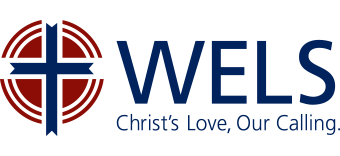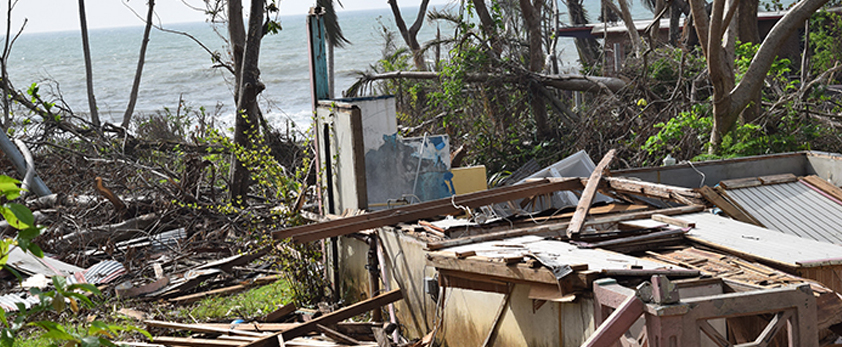Disaster Preparedness
We live in a broken world. Disasters happen. Congregations should prepare for disasters before they happen. They need a plan and resources to help secure the safety of the congregation’s property (buildings, real estate, equipment, etc.) and, most importantly, people. The following resources are offered to help congregations plan and prepare for the day when disaster strikes. We have provided some simplified resources to assist congregations that are just getting started with disaster preparedness. Links to other governmental resources are provided for those who want to dig deeper.
REMEMBER: THE BEST TIME TO PREPARE FOR A DISASTER IS BEFORE IT HAPPENS.
Planning Resources
Governmental Disaster Preparedness Planning Resources
- https://www.fema.gov/emergency-managers/national-preparedness/plan
- https://www.fema.gov/sites/default/files/2020-07/developing-eops-for-houses-of-worship.pdf
Guide on emergency operations planning, discussing actions that may be taken before, during, and after an incident to reduce the impact on property and loss of life. It encourages houses of worship to develop an emergency operations plan. - https://www.fema.gov/emergency-managers/national-preparedness/plan/evacuation-shelter-in-place
Identify relevant concepts, considerations, and principles that can inform your congregation when planning for evacuation and/or shelter-in-place protective actions. - https://www.fema.gov/sites/default/files/2020-07/engaging-faith-based-and-community-organizations.pdf
Faith-based and community organizations offer various human and material resources that can prove invaluable during and after an incident. See how emergency managers use this guide to effectively engage your faith-based communities.
Hazard-Specific Planning Resources
Training Opportunities
Your local emergency management agency is a good resource for training opportunities. Find your state emergency management agency here: https://www.usa.gov/state-emergency-management or at https://www.fema.gov/locations.
The Federal Emergency Management Agency serves as the national focal point for developing and delivering emergency management training to enhance the capabilities of federal, state, local, tribal, and territorial government officials, volunteer organizations, and the public and private sectors to minimize the impact of disasters. Learn more at https://training.fema.gov/emi.aspx.
Important Links
Active Shooter Resources:
- https://www.cisa.gov/topics/physical-security/active-shooter-preparedness
- https://www.fema.gov/emergency-managers/national-preparedness/goal/risk-capability-assessment
Active Shooter Emergency Action Plan: https://www.youtube.com/watch?v=8Pjlr2rrEZc
American Red Cross (ARC)
Partnering with your local chapter will allow you to support your community during incidents that affect your neighborhood. Go to http://www.redcross.org or call 1.877.REDCROSS.
The Community Emergency Response Team
(CERT) program is a nationally supported, locally implemented initiative that teaches people how to better prepare themselves for hazards that may affect their communities. Since 1993, CERT trains the public in basic disaster response skills such as team organization, disaster medical operations, fire safety, and light search and rescue. The ability for CERT volunteers to perform these activities frees up professional responders to focus their efforts on more complex, essential, and critical tasks. https://community.fema.gov/PreparednessCommunity/s/welcome-to-cert?language=en_US
Citizen Corps Councils
Funded by the federal government through FEMA, this nationwide network of state, local, and tribal Citizen Corps Councils builds on community strengths to implement preparedness programs and carry out a regional strategy to involve government, community leaders, and citizens in all-hazards preparedness and resilience. To locate yours, google your state government agencies.
Federal Emergency Management Agency (FEMA)
The Department of Homeland Security (DHS), FEMA is organized by region. When FEMA is activated by the President in a disaster declaration, its operations are based on the National Response Plan (NRP). Visit http://www.fema or call 1.800.621.FEMA (3362).
- Federal Emergency Management Agency (FEMA) Preparedness Community site is FEMA’s portal for practitioners, students, and partners who share a stake in building a resilient nation through individual and community preparedness. Visit FEMA’s Preparedness Community to explore disaster resources.
- FEMA Voluntary Agency Liaisons (VAL) – FEMA assigns a VAL to each of the ten FEMA regional offices. Before, during, and after disasters, FEMA VALs foster cooperation between non-profit disaster partners and the government and also work closely with Voluntary Organizations Active in Disaster (VOADs).
State Emergency Management Office (SEMO)
Every state has an emergency management agency. To locate yours, google your state government agencies.
Voluntary Organizations Active in Disaster (VOAD)
Each state has a VOAD, which is a local chapter of a national org. https://www.nvoad.org/
SUPPORT THESE MINISTRIES
WELS Christian Aid & Relief provides resources for individuals and congregations nationwide. Consider supporting these ministries with your prayers and gifts.
CONTACT US
Contact WELS Christian Aid & Relief for more information.


